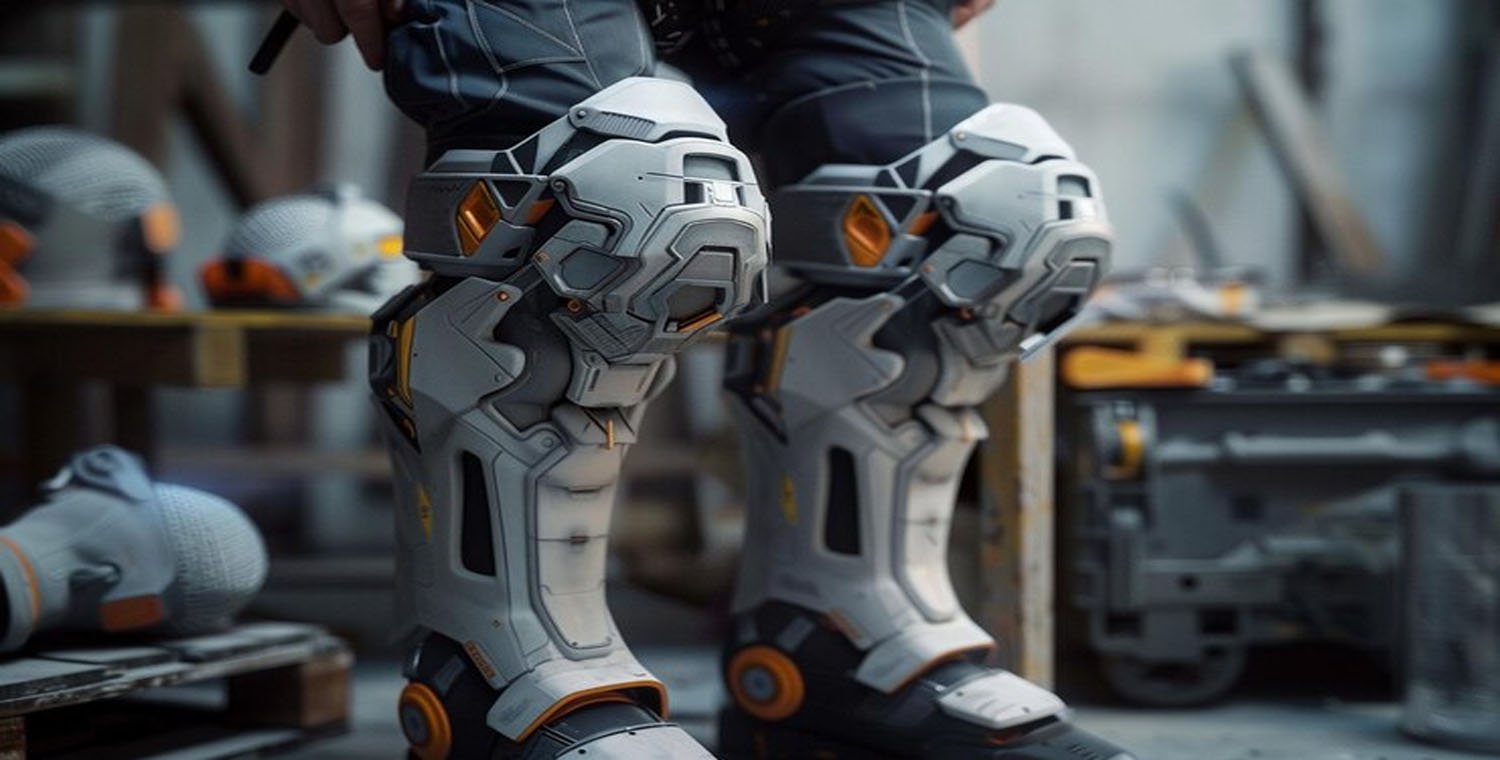Prostheses have revolutionized the way we approach limb loss and disability. From advanced technologies to emotional support, the field of prosthetics has made significant strides, enhancing the quality of life for countless individuals. In this article, we will delve into the different types of prostheses, their benefits, the technology behind them, and the future of this crucial field.
What are Prostheses?

Prostheses are artificial devices designed to replace missing body parts. They can be used for limbs, fingers, toes, and even facial features. The primary goal of a prosthesis is to restore function, enhance mobility, and improve the overall quality of life for individuals who have experienced limb loss due to injury, disease, or congenital conditions.
Types of Prostheses
Prostheses can be categorized based on various factors, including the body part they replace and the technology used in their design.
- Upper Limb Prostheses: These are designed to replace missing arms or hands. Depending on the level of amputation, upper limb prostheses can be classified into:
- Transradial: For individuals who have lost their forearm.
- Transhumeral: For those who have lost their arm above the elbow.
- Partial hand prostheses: For individuals missing one or more fingers.
- Lower Limb Prostheses: These prostheses replace missing legs or feet. Key categories include:
- Transtibial: For below-the-knee amputations.
- Transfemoral: For above-the-knee amputations.
- Symes: Designed for ankle disarticulation.
- Cosmetic Prostheses: These prostheses focus on aesthetics rather than functionality. They are often used in cases of facial disfigurement or to provide a natural appearance for individuals with limb loss.
- Functional Prostheses: These are designed to restore movement and are often equipped with advanced technology to enhance their performance.
The Technology Behind Prostheses
The development of prostheses has been transformed by advances in technology. Traditional prosthetics used heavy materials that provided limited mobility. Today, innovations such as lightweight materials, sensors, and computer technology have led to the creation of more sophisticated prostheses.
- Material Innovations: Modern prosthetics are often made from materials like carbon fiber, which is both strong and lightweight. This makes them more comfortable for users and allows for greater mobility.
- Bionic Limbs: Bionic prostheses use advanced robotics and sensors to mimic natural movements. These devices can respond to muscle signals from the residual limb, allowing users to control their prosthesis more intuitively.
- 3D Printing: The advent of 3D printing has revolutionized the production of prostheses. Custom-made prosthetic devices can be produced quickly and at a lower cost, making them more accessible to a wider range of individuals.
- Smart Prosthetics: Integrating technology such as Bluetooth and mobile applications allows users to adjust settings and track their usage, providing a more personalized experience.
Benefits of Using Prostheses
The impact of prostheses on individuals’ lives can be profound. Here are some key benefits:
- Restored Mobility: Prostheses enable individuals to regain their ability to walk, run, or engage in sports, greatly enhancing their physical capabilities.
- Improved Quality of Life: By restoring function, prostheses help individuals participate in daily activities, which can lead to improved mental health and well-being.
- Social Integration: Prosthetic limbs can enhance social interactions, allowing individuals to engage more freely in various activities without the stigma associated with limb loss.
- Increased Independence: Many users find that prostheses allow them to perform daily tasks independently, reducing reliance on caregivers.
The Emotional and Psychological Aspects of Prosthesis Use
While the physical benefits of prostheses are evident, the emotional and psychological aspects are equally important. Adjusting to life with a prosthesis can be a complex journey that includes:
- Acceptance: Coming to terms with limb loss is a significant challenge. Counseling and support groups can be invaluable for helping individuals process their emotions.
- Confidence Building: Learning to use a prosthesis can boost self-esteem and confidence. Successful adaptation often leads to a more positive self-image.
- Community Support: Engaging with communities of individuals who have similar experiences can provide a sense of belonging and understanding, helping users to share their challenges and triumphs.
The Future of Prosthetics
The field of prosthetics is rapidly evolving, with ongoing research and innovation paving the way for even more advanced solutions. Some exciting developments include:
- Neural Integration: Researchers are exploring ways to integrate prosthetics directly with the nervous system, allowing for more precise control and feedback.
- Enhanced Sensory Feedback: Advances in sensory technology may soon allow users to feel sensations through their prosthetic limbs, creating a more natural experience.
- Telemedicine and Remote Fitting: The use of telemedicine in prosthetics allows for remote consultations and fittings, making the process more accessible, especially for those in remote areas.
- Sustainable Materials: As the demand for prosthetics grows, so does the need for sustainable practices. Researchers are investigating eco-friendly materials that can be used in prosthetic manufacturing.
Challenges in Prosthetic Development
Despite the significant advances in prosthetics, several challenges remain:
- Accessibility and Cost: High-quality prosthetics can be expensive, and not everyone has access to the latest technology. Insurance coverage varies widely, leaving many without the resources they need.
- Customization: While 3D printing has made customization easier, there is still a need for more personalized solutions that can accommodate the unique needs of each user.
- Education and Training: Adequate training for both users and healthcare providers is essential for ensuring that prosthetic devices are used effectively.
Conclusion
Prostheses have come a long way in enhancing the lives of individuals with limb loss. With ongoing advancements in technology and materials, the future looks promising for those who rely on these devices. As we continue to innovate, it’s crucial to prioritize accessibility and support for users, ensuring that everyone has the opportunity to regain their mobility and independence. Understanding the diverse types, benefits, and challenges of prostheses can empower individuals and communities to advocate for better resources and support systems, ultimately leading to a more inclusive society for all





